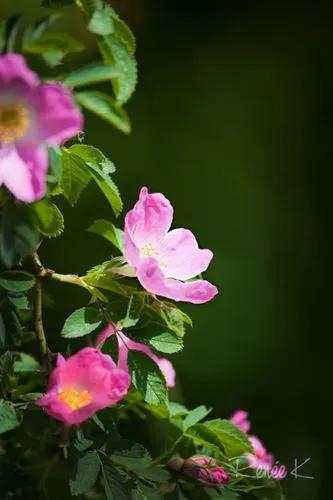Raphia farinifera is a tropical African palm tree occurring in lowland riparian and swamp forest, also around human habitations and cultivated locations, on stream banks and other moist situations at altitudes of 50–1000 m.
Raffia Palm Care
Raphia Farinifera



Raphia farinifera or commonly known as Raffia Palm is a tropical palm tree endemic to Africa that grows up to 10 m tall and 60 cm in trunk diameter. It is a monocarpic species, which means that its individual stems only flower once then die. Flowering occurs when the tree is about 20-25 years old and it takes another 5 years from flowering to ripe fruit. The fruits are oblong to ovoid and covered with glossy golden brown scales. It can be eaten once boiled. The fruit also sources edible oil and edible seeds. Sap obtained from the trunk can be made into palm wine and sweet beverages. The stem, on the other hand, yield an edible starch. A commercially important and strong fiber known as raffia can be obtained from the leaves of this tree. It is used in weaving, thatching, hut construction, etc. Piassava, fibre obtained from the leaf sheaths, is used for making brooms and ropes. Lower surface of the leaves yield wax which can be used as a polish for boats and floors, and in candle production. Oil extract from fruit pulp and kernels is used in soap making. The wood is used for construction.
How to Care for the Plant

Popularity

33 people already have this plant 3 people have added this plant to their wishlists
Discover more plants with the list below
Popular articles






